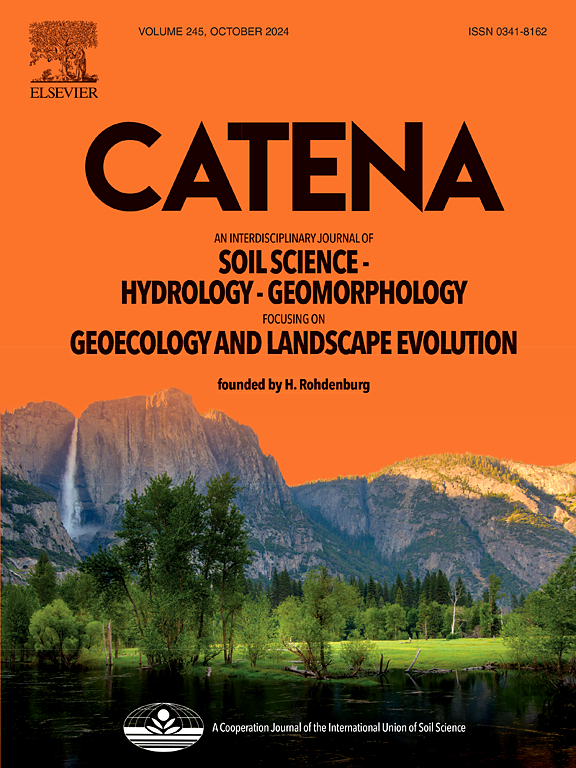Comparison of bagging, boosting and stacking algorithms for surface soil moisture mapping using optical-thermal-microwave remote sensing synergies
2022-10-01 null null 217(卷), null(期), (null页)
Soil moisture information is key to irrigation water management, drought monitoring, and yield prediction. It plays a vital role in the water cycle and energy budget between the earth's surface and atmosphere. Hence, its monitoring is crucial for both natural and anthropogenic environments. While the current remote sensing-based global SM products available at coarser resolution (3/15 km) are unsuitable for field-level operations, the most widely used microwave remote sensing suffers from model complexities and in-situ data requirements. Weather conditions limit the alternate approaches such as optical/thermal. This study aims to map surface soil moisture (SSM) at 30 m spatial resolution in a semi-arid region by fusing optical, thermal, and microwave remote sensing data using bagging, boosting, and stacking machine learning approaches. The reference data were collected using a soil moisture meter. The covariates included radar backscatter from Sentinel-1, visible, near-infrared, shortwave infrared, land surface temperature, and spectral indices derived from Landsat 8. Boruta algorithm was used for feature selection which identified radar backscatter, modified normalized difference water index, and land surface temperature as the most critical covariates impacting the SSM. The random forest (RF) showed the highest correlation coefficient (r = 0.71), and least root mean square error (RMSE = 5.17%). The cubist model had the least mean bias error (MBE = 0.21%) during independent validation. Stacking of cubist, gradient boosting machine (GBM), and RF using elastic net (ELNET) as meta-learner further reduced the MBE (0.18%) and RMSE (5.03%) during the validation. Overall, stacking multiple machine learning models improved model prediction and can be recommended to improve the digital soil moisture mapping.
相关推荐
- Long Term Monitoring of Ecological Status of Major Deserts of the World [2022-10-01]
- Ensemble surface soil moisture estimates at farm-scale combining satellite-based optical-thermal-microwave remote sensing observations [2022-10-01]
- Biomass and carbon projection models in Hardwickia binata Roxb. vis a vis estimation of its carbon sequestration potential under arid environment [2022-10-01]
- Impact of Hydraulic Redistribution on Multispecies Vegetation Water Use in a Semiarid Savanna Ecosystem: An Experimental and Modeling Synthesis [2022-10-01]



